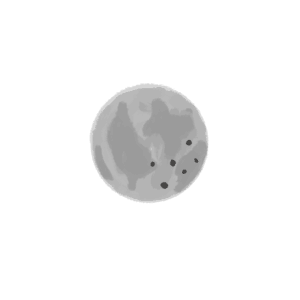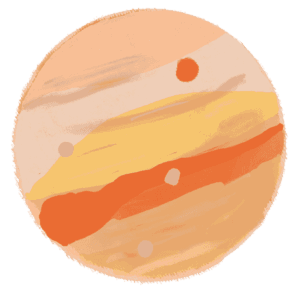
The Solar System
OUR COSMIC NEIGHBOURHOOD
Welcome to our neighbourhood in space: the Solar System! In this universe of ours, we have a bright, big and warm star known as the Sun at the centre of our cosmic home. The Sun, the largest resident in our solar neighbourhood, has a pull that’s so strong, its gravity keeps all the planets moving in orbits around it, much like children spinning around in a game of Ring Around the Rosie.
INNER AND OUTER PLANETS
To understand our Solar System better, we can divide it into two main sections. The first is the ‘Inner Planets,’ kind of like the house right next door! These are the four planets nearest to the Sun: Mercury, Venus, Earth, and Mars. Often called the ‘rocky planets,’ they are made up of lots of rock and metal – just like a stone you might find in your backyard.
The second section is known as the ‘Outer Planets’. These are like the houses a little farther down the street. They include Jupiter, Saturn, Uranus, and Neptune, the four planets further away from the Sun. Jupiter and Saturn are called the ‘Gas Giants.’ They are mostly made up of gases, primarily Hydrogen and Helium, with very little rock. Imagine a balloon that’s so big, you could live on it! Then we have Uranus and Neptune, known as the ‘Ice Giants.’ Most of their mass is made up of frozen liquids, making them giant spheres of ice, like floating snowballs in space!
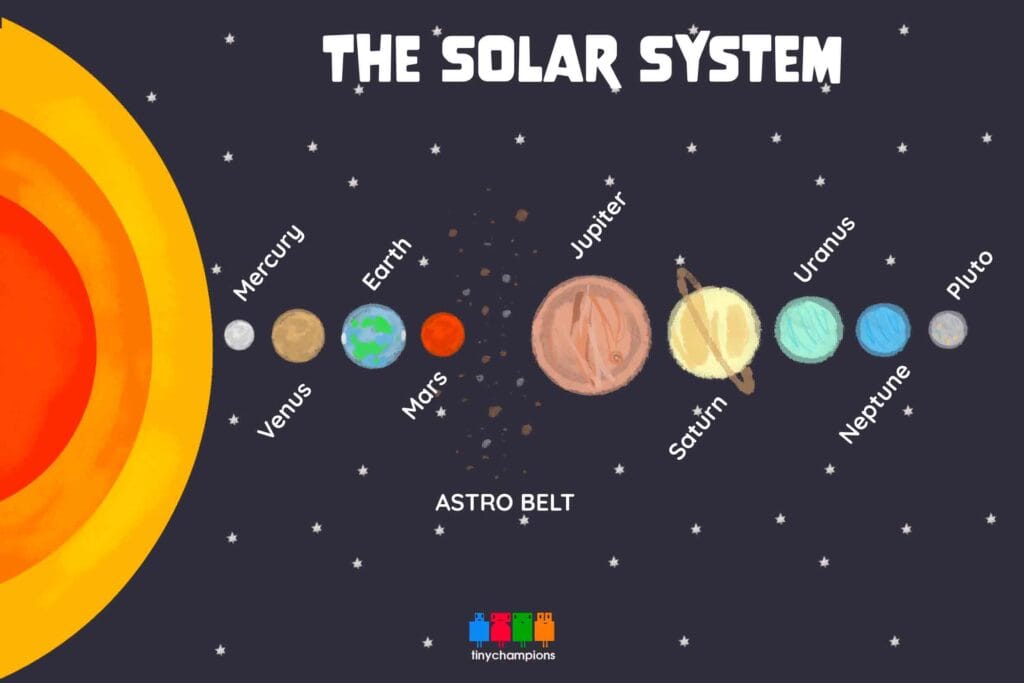
THE ASTEROID BELT
Now, let’s talk about a fascinating part of our solar neighbourhood: the Asteroid Belt! It’s like a wide, rocky road that separates the inner planets from the outer planets. Located between Mars and Jupiter, the Asteroid Belt is home to thousands of rocks and asteroids, almost like pebbles scattered on a path.
And there you have it: a fun, friendly look at our neighbourhood in space! Remember, every star you see in the night sky could be a sun to another solar system, each with its own neighbourhood of planets and asteroids. Isn’t space amazing?
THE PLANETS
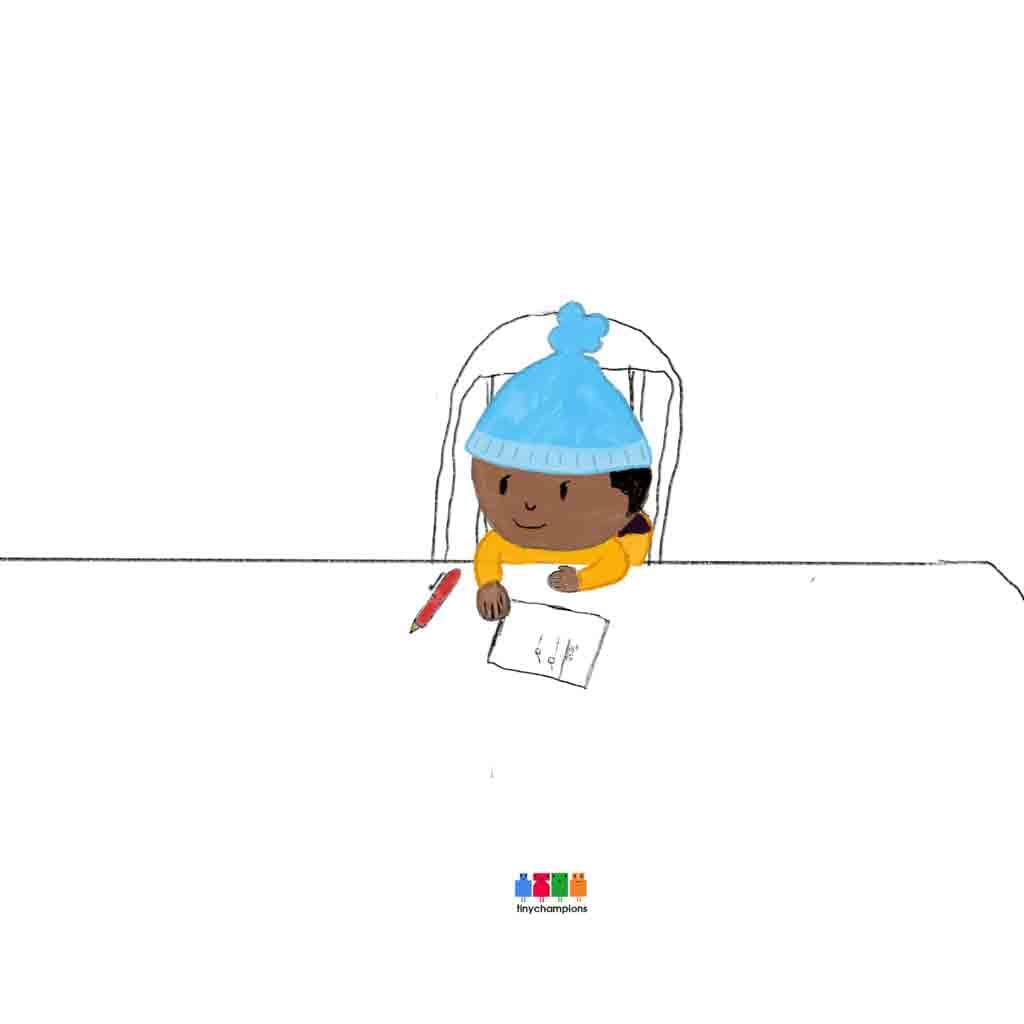
Quiz Time
Let’s see how much you have learnt.
Make an effort to answer all the questions accurately. Keep in mind that all the answers can be found within the information provided above, so if you’re uncertain about any of the responses, feel free to go back and review the article. Thorough reading aids in deeper comprehension and more accurate answers.

